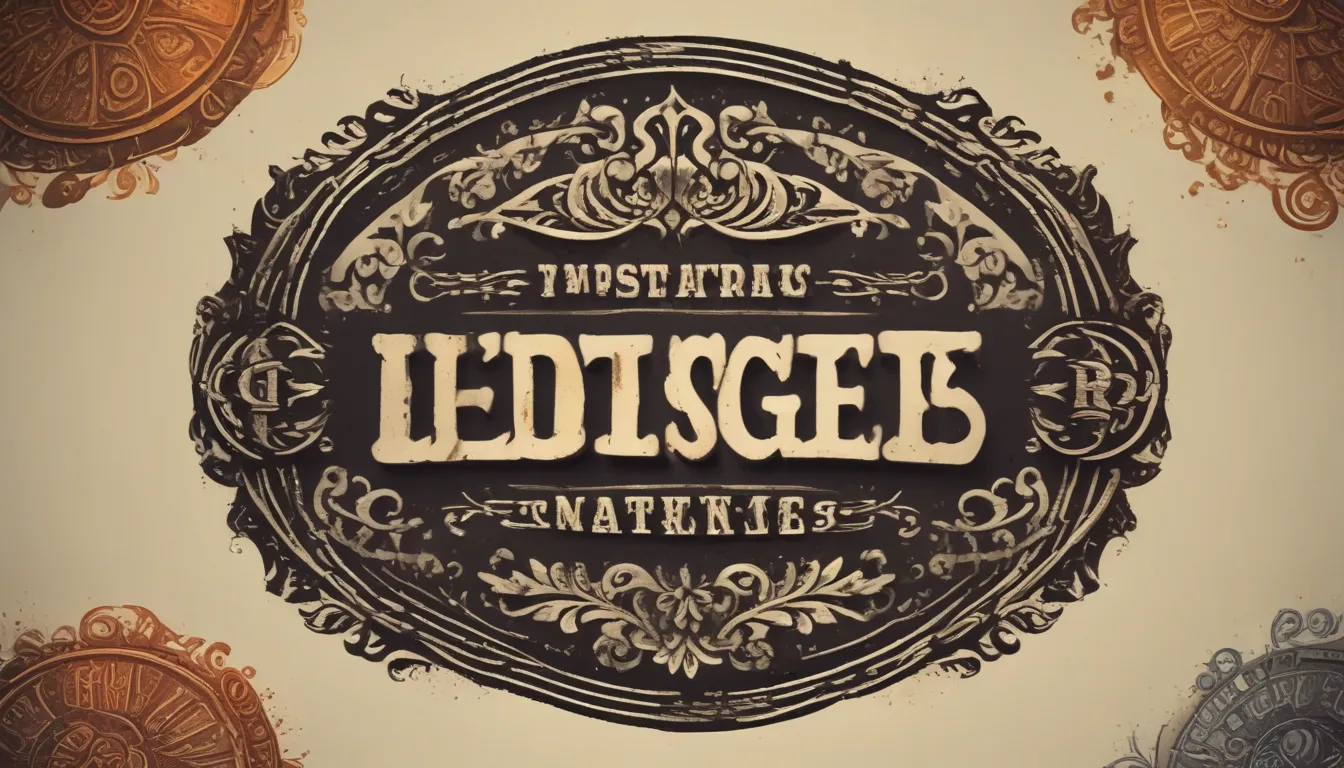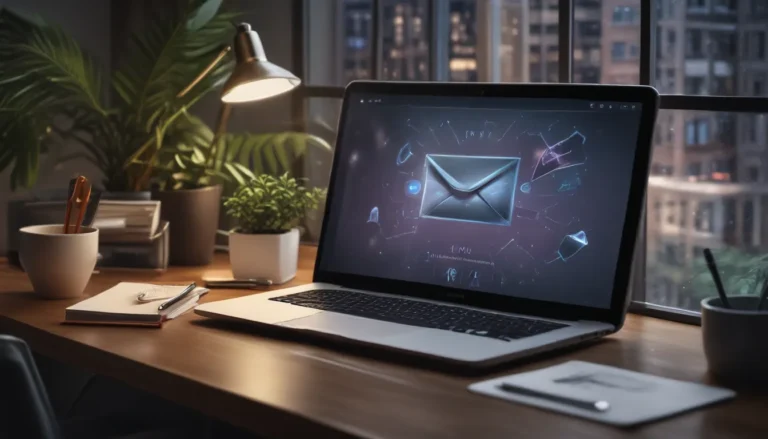A Note About Images: The images used in our articles are for illustration purposes only and may not exactly match the content. They are meant to engage readers, but the text should be relied upon for accurate information.
In today’s world, logos are everywhere, representing the essence of brands, organizations, and even individuals. They serve as visual ambassadors, communicating identity, values, and aspirations. Whether you’re a business owner, a marketing professional, or simply a design and branding enthusiast, understanding the significance of logos is essential. Let’s dive into the captivating world of logos and uncover essential facts that shed light on their impact and relevance. From the historical evolution of logos to their psychological influence on consumer behavior, we’ll explore the multifaceted nature of these iconic symbols. Join us on a journey to unravel the secrets behind logos and gain a deeper appreciation for their role in shaping our visual landscape.
Key Takeaways:
- Logo is a programming language designed to educate and inspire kids to learn to code in a fun and engaging way.
- Logo empowers creative expression, logical thinking, and a growth mindset among students of all ages.
- Despite being developed decades ago, Logo remains relevant in modern educational settings, inspiring lifelong learning and exploration.
Logo: More than Just a Programming Language
Logo is not just any programming language; it is a magical tool that introduces children to the world of coding through creativity and problem-solving. Developed in the late 1960s by visionaries Wally Feurzeig, Seymour Papert, and Cynthia Solomon, Logo was designed with educational purposes in mind. The language’s unique feature is its use of turtle graphics, allowing users to control an on-screen turtle to create drawings and animations. Logo’s simplicity and interactivity make it an ideal tool for introducing young learners to the fundamentals of programming in a playful and engaging manner.
Unleash Your Creativity with Logo
One of Logo’s most remarkable features is its ability to unlock creative expression. Through intuitive commands and visual output, Logo empowers users to bring their ideas to life in a digital environment. By manipulating the turtle and issuing commands, students can create intricate patterns, geometric shapes, and complex designs. This hands-on approach to programming not only fosters creativity but also enhances problem-solving skills, making Logo an invaluable asset in educational settings.
Develop Logical Thinking with Logo
Logo is not just about creating pretty designs; it also encourages logical thinking. As students engage with the language, they learn to break down complex tasks into smaller, manageable steps. This process of decomposition is essential to programming and computational thinking. By solving problems and creating algorithms in Logo, learners develop critical thinking skills that are transferable across various disciplines.
Embrace a Growth Mindset Through Logo
Using Logo instills a growth mindset in students, teaching them that setbacks are part of the learning process. The iterative nature of programming allows for experimentation and refinement, fostering resilience and perseverance. Through trial and error, students utilizing Logo gain essential qualities for success both in programming and in life.
Logo: A Timeless Educational Tool
Despite its age, Logo remains relevant in modern educational settings. Its user-friendly interface and focus on creativity and logic continue to make it a valuable tool for introducing programming concepts to students of all ages. Many educators recognize the enduring benefits of Logo and incorporate it into their curriculum to nurture a new generation of coders and innovators.
Inspiring Lifelong Learning with Logo
Introducing students to Logo sets them on a path of lifelong learning and exploration. The problem-solving skills, creativity, and logical thinking fostered through Logo extend beyond programming, empowering students to approach challenges with confidence and ingenuity. Logo serves as a gateway to the world of technology and innovation, inspiring students to pursue further studies and careers in STEM fields.
The Power of Logos in Branding and Marketing
Logos are more than just visual symbols; they are powerful tools that convey the essence of a brand and establish a strong connection with the audience. Understanding the significance of logos in branding and marketing is crucial for creating a lasting impression in the competitive business landscape. By recognizing the impact of color psychology, simplicity, and versatility in logo design, individuals and businesses can leverage their logos to leave a memorable mark on their target audience.
FAQs
Q: What makes a logo effective?
A: An effective logo is simple, memorable, versatile, timeless, and relevant to the brand it represents. It should convey the brand’s identity and values at a glance.
Q: How important is color in logo design?
A: Color plays a significant role in logo design as it can evoke specific emotions and associations. Choosing the right colors can greatly impact how the logo is perceived by the audience and can influence their response to the brand.
In Conclusion
In conclusion, logos play a vital role in our visual landscape, serving as powerful tools of communication and identity. From empowering creativity and logical thinking to inspiring lifelong learning, logos have a profound impact on education and branding. By recognizing the timeless relevance of logos and their ability to foster innovation and growth, we can harness their power to shape a brighter future. Let’s continue to explore the world of logos with curiosity and enthusiasm, unlocking their magic one design at a time.






